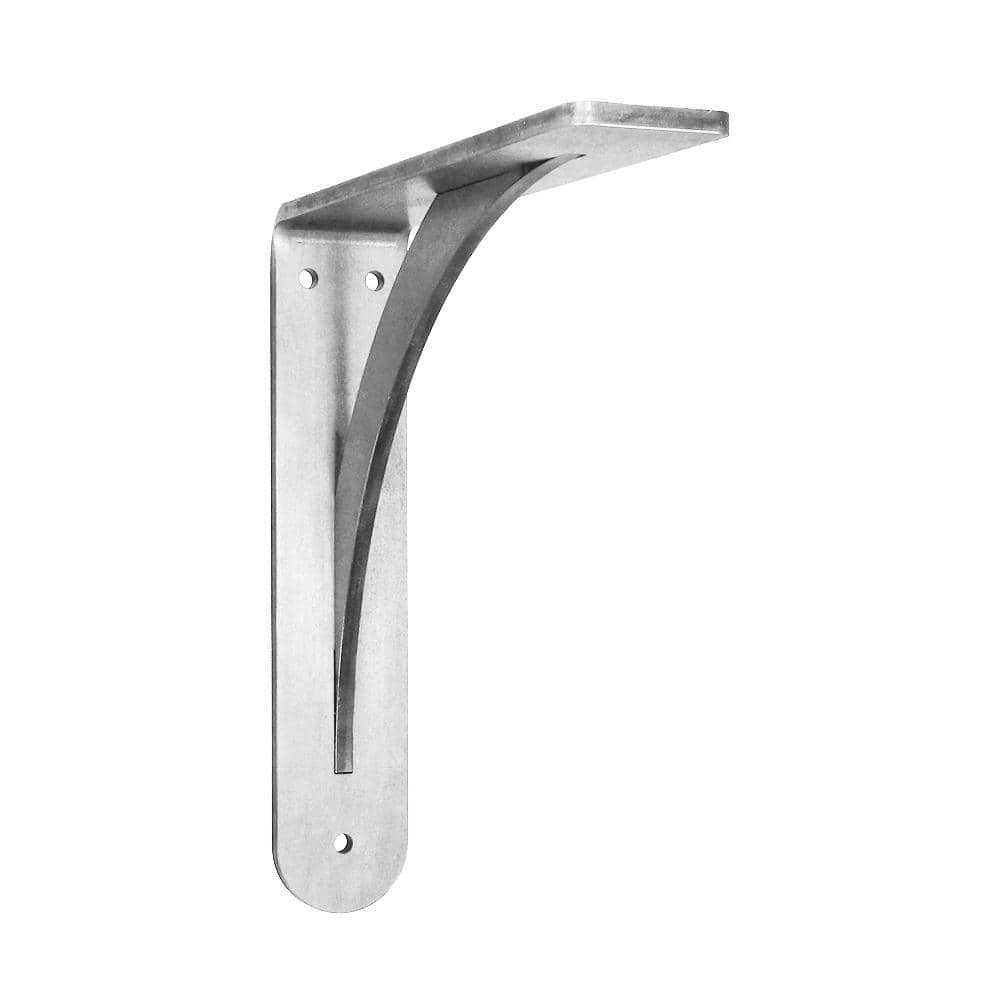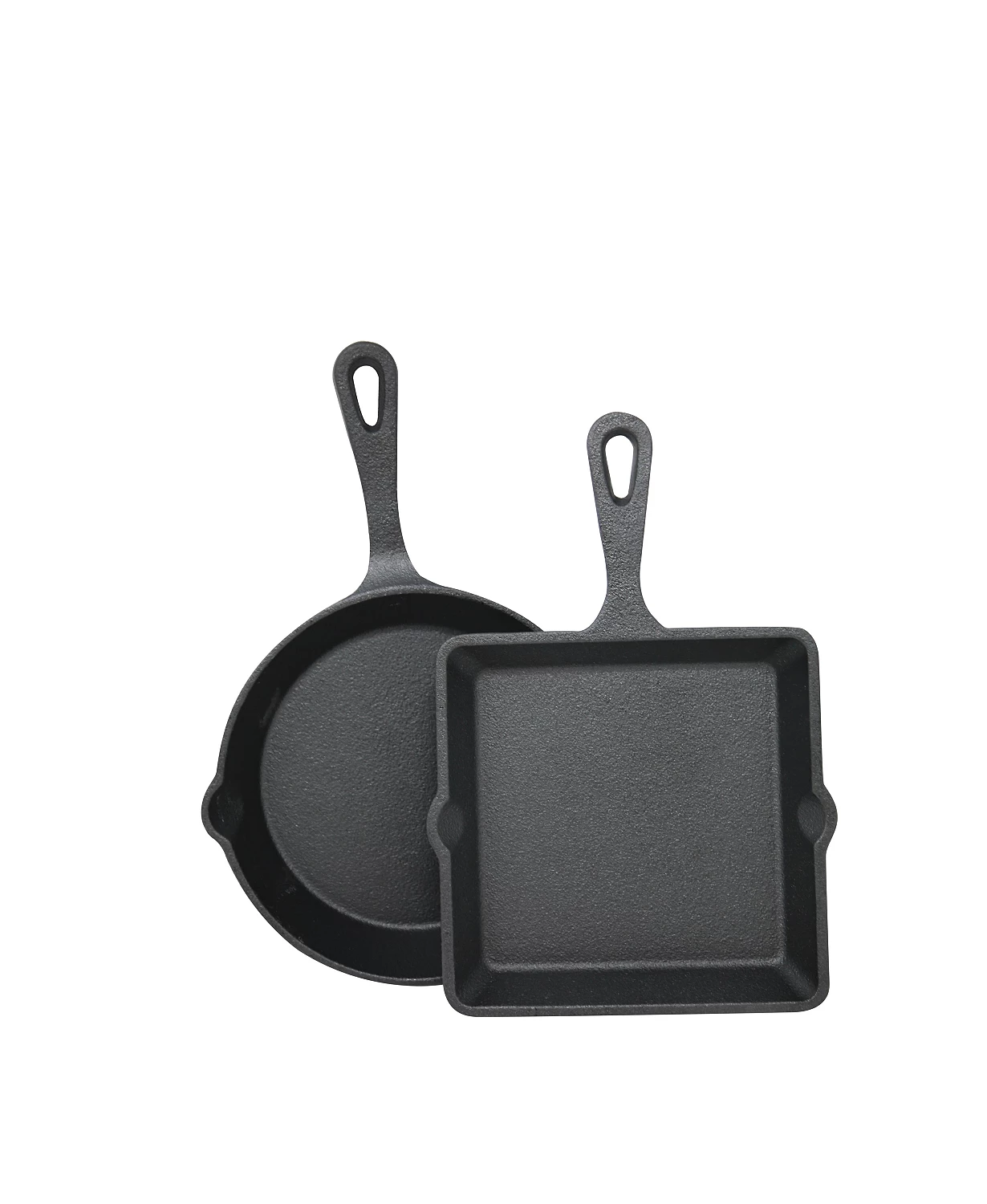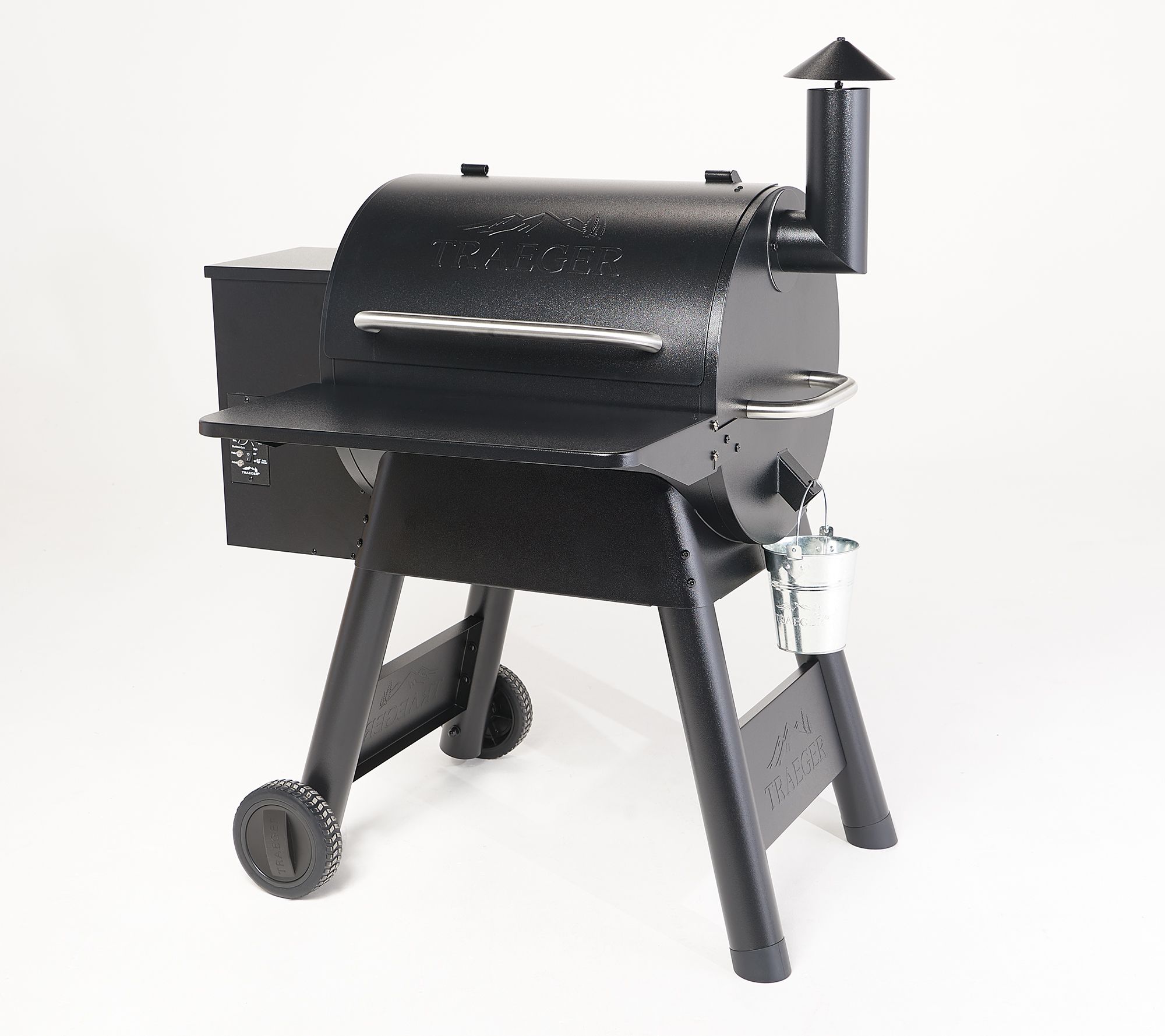Federal Brace 16 in. L Stainless Steel Low Profile Adjustable Countertop Island Support Bracket
The Brunswick Countertop Bracket is a popular design. The decorative curved gusset on the bracket makes for a very attractive countertop support while giving good legroom under the counter where sitting is desired. The gusset extends through the flanges of the brace to allow for welding on the backside of the part. With a strong support capacity and an elegant appearance Federal Brace’s Brunswick countertop brackets, are great for all kitchen, bath and other decorative applications.
The Brunswick Countertop Bracket is a popular design. The decorative curved gusset on the bracket makes for a very attractive countertop support while giving good legroom under the counter where sitting is desired. The gusset extends through the flanges of the brace to allow for welding on the backside of the part. With a strong support capacity and an elegant appearance Federal Brace’s Brunswick countertop brackets, are great for all kitchen, bath and other decorative applications.
- Carry capacity 500 lbs.
- Install every 24-30 in
- Uses 1/4 in lag screws not included
- No more than 4 in of counter beyond end of bracket
- Perfect for wall hung counters
- Brushed stainless steel matches appliances
- Excellent leg room
- Heavy duty 1/4 in stainless steel
Additional information
| Product Length (in.) | 16 in. |
|---|---|
| Product Thickness (in.) | 0.25 in. |






by Shima
Good quality and sturdy
by Tania
Well made- very heavy.
by Michael
Perfect for our granite countertops
by Suzanne
The brackets look great on my lanai. Very happy with the quality
by Perez
They were perfect for what we needed.